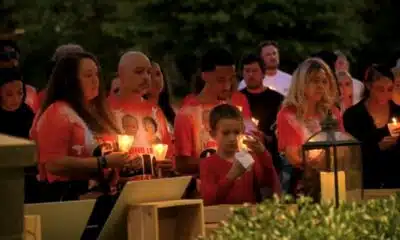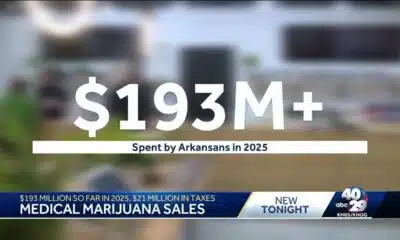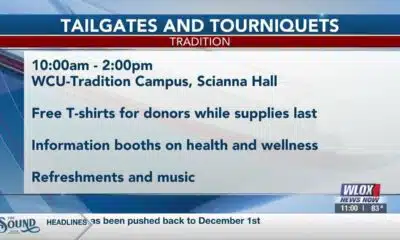(The Center Square) — Shreveport City Council approved funding for the reconstruction of Fire Station No. 20 during this week’s city council meeting.
After being closed for nearly two years after officials found mildew and mold throughout the establishment, Fire Station 20 is on the way to being reconstructed. The city council approved two ordinances that looked to allocate funds and change budgets for the station.
However, Council member Grayson Boucher proposed amendments to the ordinances during the session. The amendment to Ordinance 20 changed the amount listed after the city received funds from the Port. These funds changed how much the city needed to allocate for the station renovations.
After the amendment, only $733,000 needed to be transferred to Capital Projects instead of the original $1.6 million.
The ordinance originally intended to move $1.6 million from the General Fund operating reserve to Capital Projects for Station 20’s reconstruction. The city planned to invoice the Port for $867,000.
Before the amendment, ordinance 20 would decrease operating reserves by $1.6 million and increase transfer to Capital Projects by $1.6 million. After receiving the Port’s portion of the project, that number is now $733,000.
The ordinances passed with six for, and one opposed. Council member Jim Taliaferro voted against both ordinances and amendments.
While the ordinances did pass, the council did not address Mayor Tom Arceneaux’s previous concerns about where the funding was coming from.
Arceneaux urged the council in a previous meeting to change the funding source for the allocation. He said using the operating reserve could severely impact the city’s borrowing cost if the operating reserve dropped below the pledged 8%, which would happen if used for the fire station project.
He proposed using unassigned premium funds for the project instead.
Fire Chief Clarence Reese did not give an update about the renovations after the two ordinances passed.
Other legislation passed was Ordinance 8, which amended Chapter 38 of the city of Shreveport’s Code of Ordinances relating to dumpsters on residential property.















































